Words That Make Recycling Irresistible
The Psychology Behind Persuasive Recycling Language
People follow people. When messages say, “Most neighbors on your street recycle each week,” participation rises because it feels close, real, and achievable. Try sharing a neighborhood snapshot today and invite friends to add theirs in the comments.
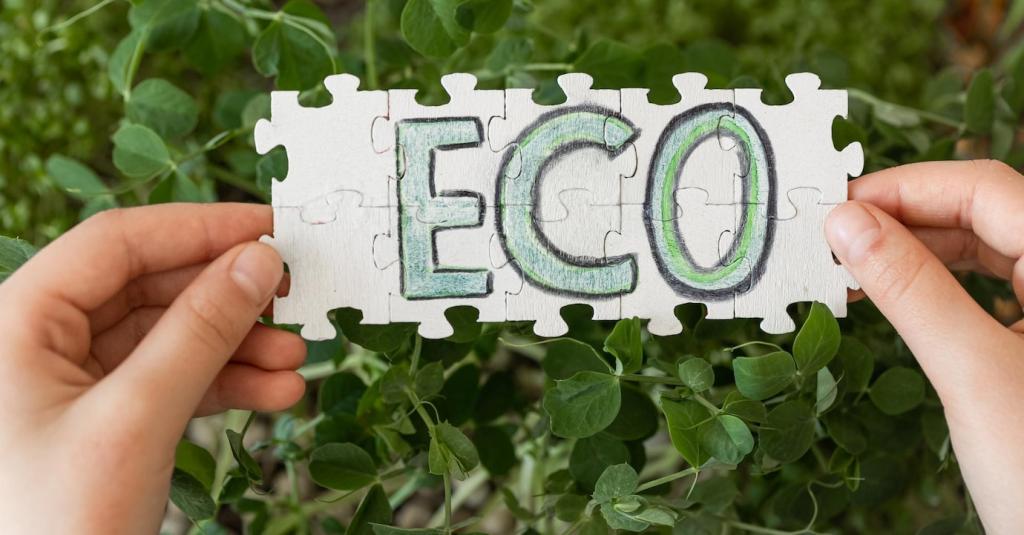
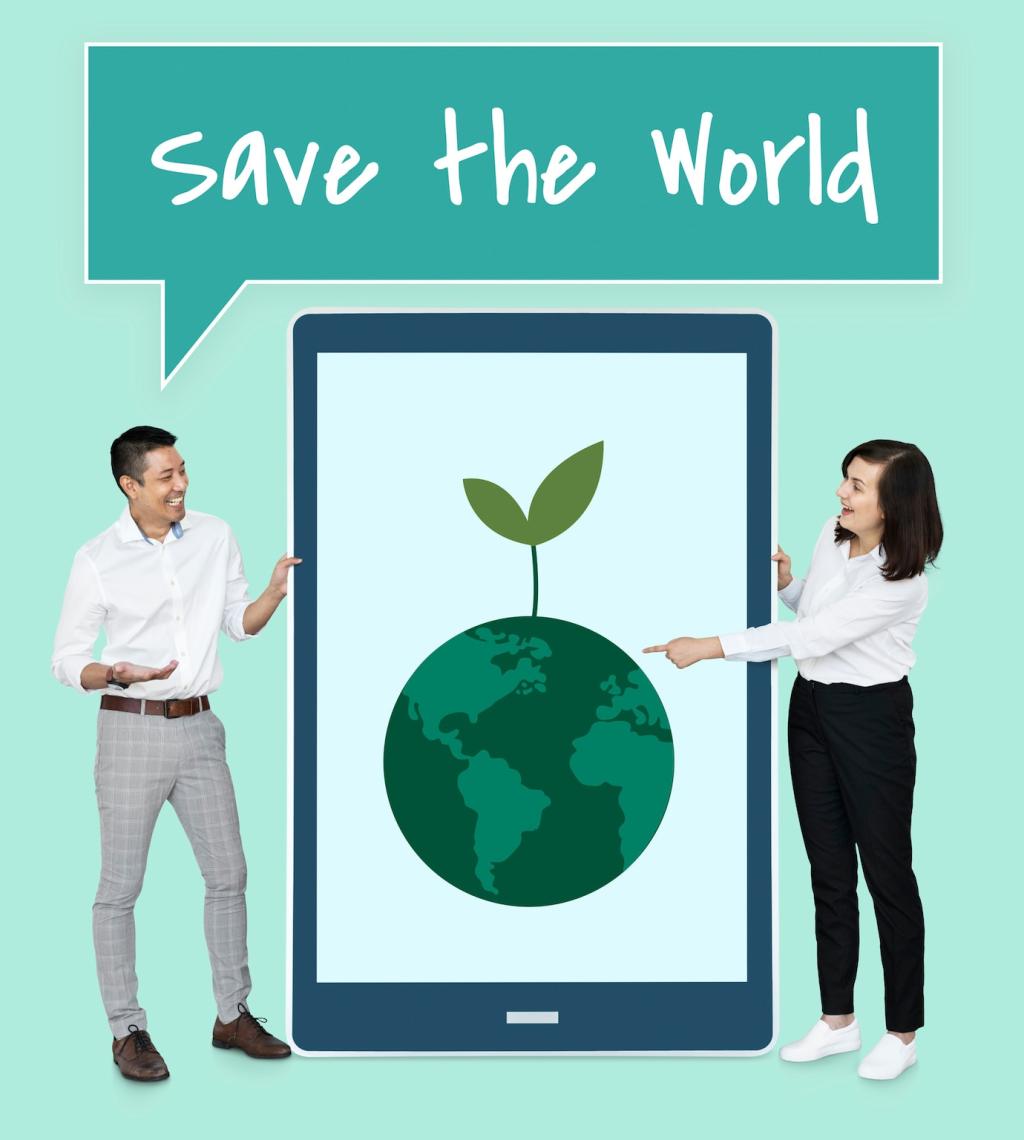
The Psychology Behind Persuasive Recycling Language
“Don’t let clean paper become landfill” leverages loss aversion, while “Save trees with every sorted sheet” celebrates gain. Test both frames in your building’s hallway signs, then report which version your community responds to most enthusiastically.
Crafting Copy: Phrases That Nudge Hands and Hearts
Power Verbs and Clear Outcomes
Swap passive phrases for active verbs: transform, protect, rescue, return, renew. “Transform cans into classrooms” paints a destination and a purpose. Share your favorite power verb and rewrite a dull sign so it feels instantly actionable.

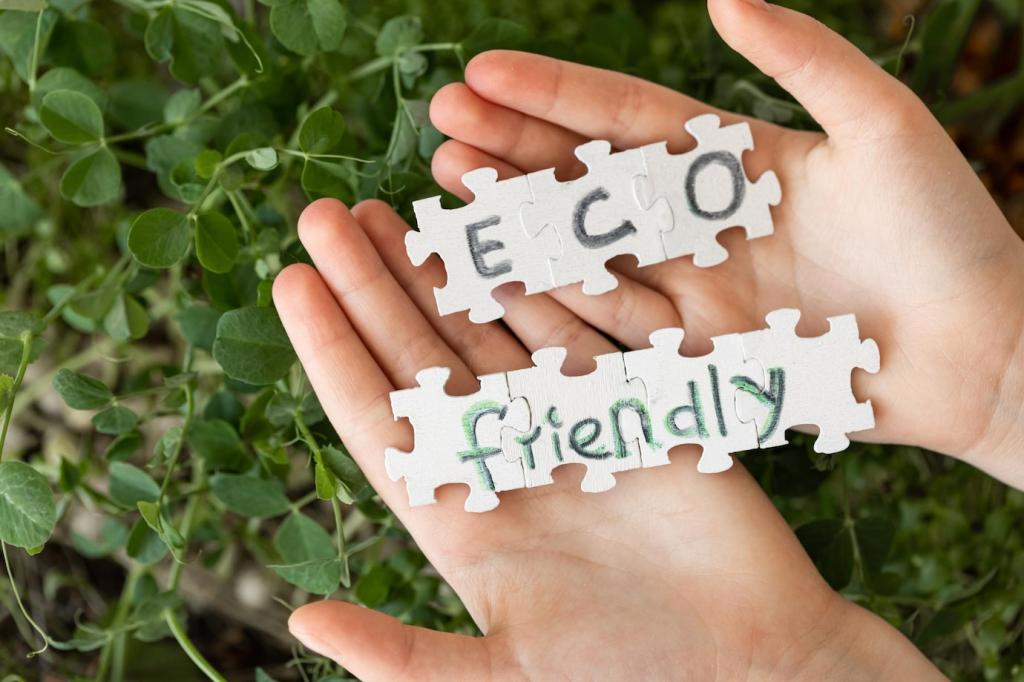
Emotional Anchors Without Guilt Trips
Pride, hope, and belonging outperform shame. “Your bottle’s next life could be a park bench” sparks curiosity and optimism. Draft one friendly, future-focused sentence for your lobby or school board and invite feedback from peers here.
Storytelling: Turning Trash into Transformation
01
Follow a single bottle from a movie night table to a new playground bench. People remember journeys, not data points. Draft a short, two-sentence journey story and tag your city or school so they can celebrate the ending with you.
02
Place a kid, grandparent, or teammate at the center. “Maya’s class built an art wall from recycled cardboard” invites pride and participation. Share a quick portrait of your local hero and ask readers to add their own everyday champion.
03
Metaphors turn concepts into images. “Recycling is a return ticket for materials” is memorable and motivational. Invent a fresh, simple metaphor for glass or paper today and challenge friends to upvote the most inspiring line.
Color Cues and Contrast
Consistent colors reduce doubt: blue for recycling, green for organics, black for landfill. High-contrast labels beat tiny text. Post a photo of your current bin setup and ask the community for quick, color-based improvements that boost participation.
Placement and Defaults
Put the recycling bin closer than the trash, and your persuasive headline suddenly gets more credible. Defaults guide choices. Try switching positions for one week, track behavior changes, and share your mini experiment’s results here.
Microcopy at the Moment of Decision
Short, timely cues win: “Rinse me now, thank yourself later.” Add a sticker near sinks or break rooms so guidance meets action. Create one seven-word microcopy line and invite feedback to refine it into a perfectly timed nudge.
Community Campaigns That Feel Like Movements
A named campaign builds belonging: “Clean Streams Crew” or “Blue Bin Brigade.” Design a simple tagline and invite neighbors to co-own it. Drop your campaign name below and ask readers to vote on the most motivating version.
Community Campaigns That Feel Like Movements
People love progress. Floor-versus-floor challenges paired with weekly shout-outs turn words into action. Create a scoreboard poster, announce small wins in chat, and encourage sign-ups for next month’s challenge to sustain momentum.
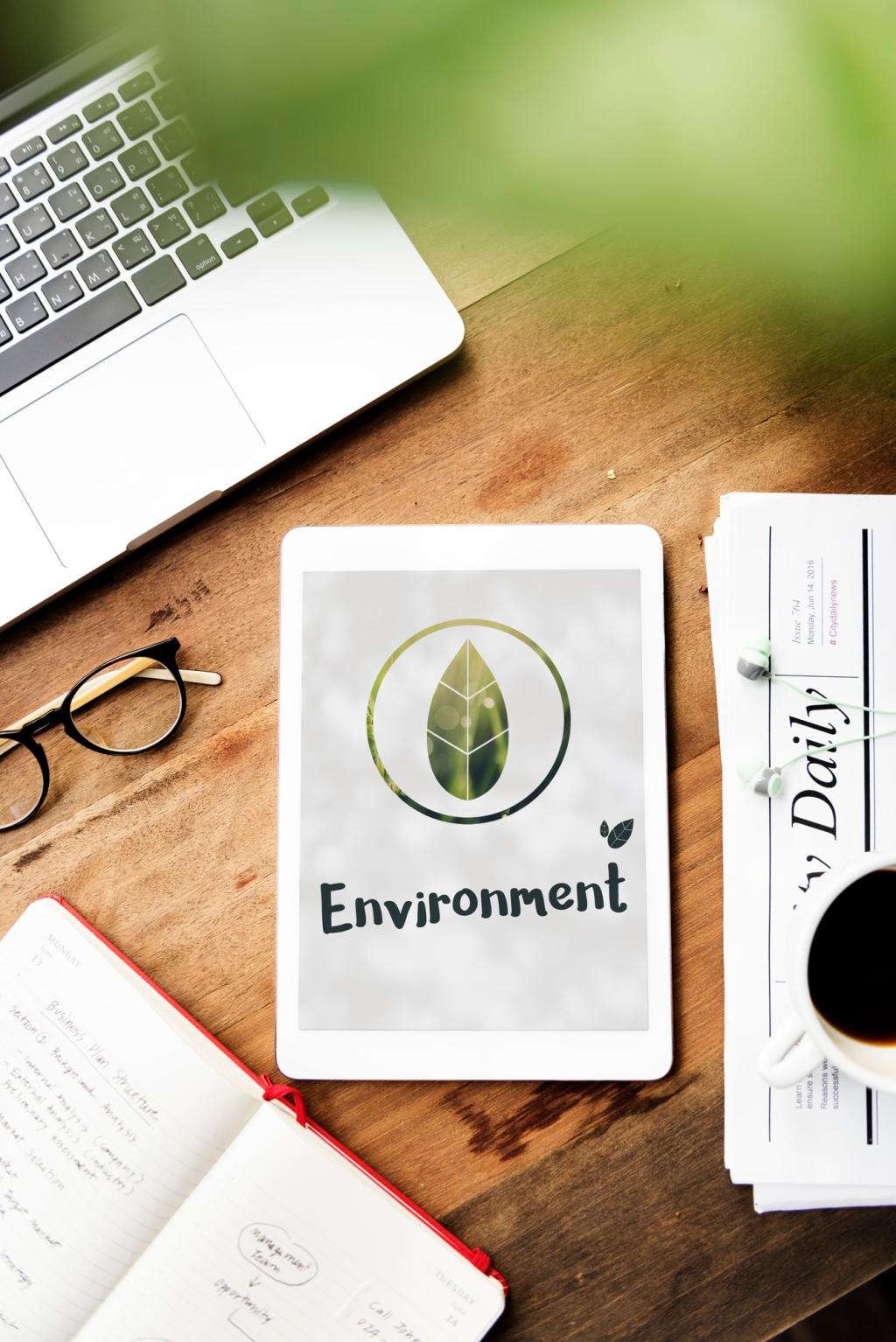

Digital Persuasion: Social Posts, Emails, and Short Videos
Lead with curiosity: “This can becomes art in 72 hours.” Pair with a clear call to action: “Tap to learn how.” Draft one hook and headline, then ask followers to comment with the item they most often mis-sort.
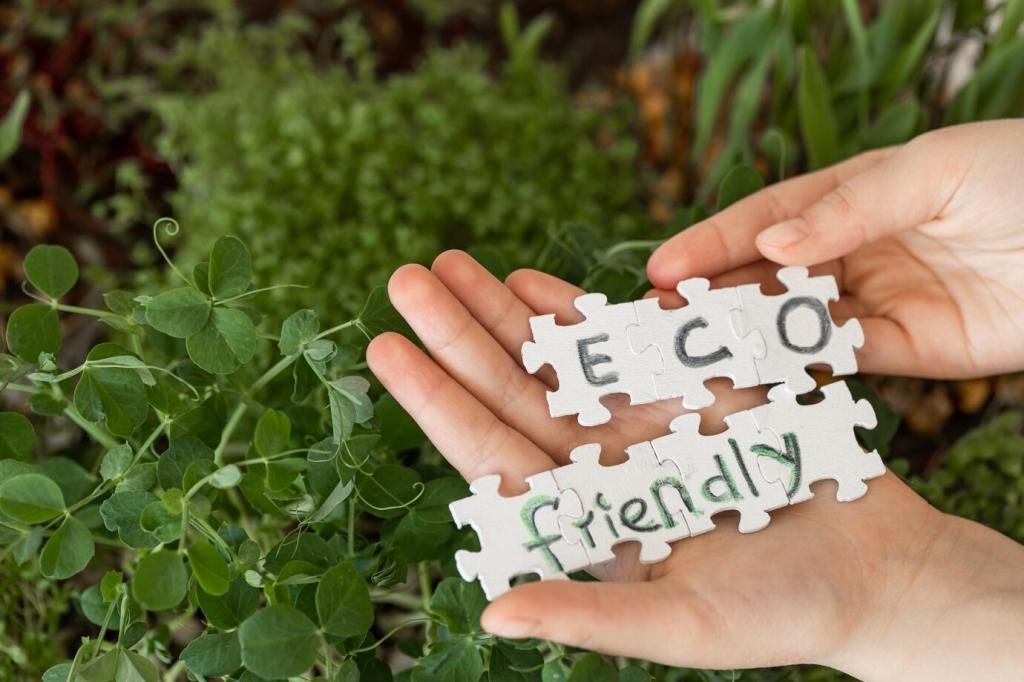
Compare “Save five trees this month” with “Don’t waste five trees this month.” Rotate door signs or posts, record participation, and share which headline wins. Invite others to borrow the winning line for their building.

